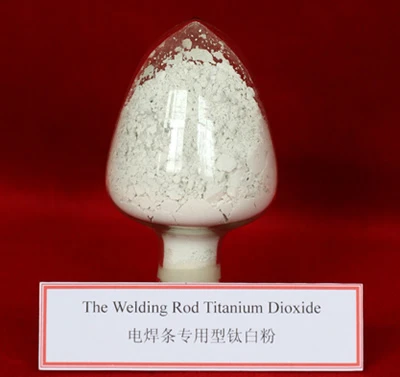
Nov . 30, 2024 22:29 Back to list
China Lithopone B301 B311 ZnS BaSO4 Production and Applications Overview
Exploring the Significance of Lithopone in Modern Applications A Focus on China’s B301, B311, ZnS, and BaSO4 Products
Lithopone, a compound that plays a crucial role in a variety of industries, primarily consists of barium sulfate (BaSO4) and zinc sulfide (ZnS). Originating in the late 19th century, lithopone was initially used as a white pigment in paints due to its brightness and opacity. Today, its applications have expanded significantly, particularly in China, which has become a pivotal player in the production of lithopone variants like B301, B311, and others.
The B301 and B311 grades of lithopone represent two distinct formulations that cater to different needs in various industrial sectors. B301 is characterized by its high whiteness and low oil absorption, making it an ideal choice for applications in coatings and plastics. Its stability and resistance to ultraviolet (UV) light degradation enhance the longevity of products, a factor that is increasingly sought after in the manufacturing processes of durable goods. Meanwhile, B311, while also high in whiteness, offers improved dispersion and better performance in terms of gloss and brightness in paints and coatings.
Exploring the Significance of Lithopone in Modern Applications A Focus on China’s B301, B311, ZnS, and BaSO4 Products
Another vital component of lithopone, BaSO4, is utilized in various industries beyond painting and coatings. Its applications extend into the realm of pharmaceuticals, where it is primarily used as a radiocontrast agent for X-ray imaging. Furthermore, the unique properties of barium sulfate make it valuable in the production of rubber, plastics, and papermaking. The mineral’s ability to enhance the physical properties of these materials highlights the versatility of BaSO4 in different manufacturing processes.
china lithopone b301 b311 zns.baso4

Zinc sulfide (ZnS), on the other hand, is noted for its semiconductor properties and has found applications in optoelectronics—technology that underpins LED lighting and displays. In the context of lithopone, the inclusion of ZnS contributes to the overall brightness and opacity, making these compounds attractive for products requiring excellent coverage and vibrant colors.
China’s dominance in the lithopone market can be attributed to its robust manufacturing capabilities and the presence of rich mineral deposits essential for the production of BaSO4 and ZnS. The country has invested significantly in research and development to enhance the quality of its lithopone products while ensuring compliance with international standards. As a result, Chinese manufacturers are not only meeting domestic needs but are also increasingly exporting their lithopone products to global markets.
The growing demand for eco-friendly and efficient pigments heralds a promising future for lithopone compounds like B301 and B311. As industries continue to evolve with technological advancements and sustainability in focus, the role of lithopone in providing safe, reliable, and high-performance solutions remains critical.
In conclusion, as we navigate through the complexities of modern manufacturing, the importance of lithopone, particularly the B301 and B311 grades produced by Chinese manufacturers, cannot be overstated. Their applications across various sectors demonstrate the compound's relevance in a world striving for both efficiency and environmental responsibility. As technological advancements continue to emerge, the ongoing development of lithopone products will undoubtedly play a central role in shaping the future of sustainable materials in countless applications.
-
Premium 6618 Titanium Dioxide for GPT-4 Turbo Applications
NewsJul.31,2025
-
Titanium Dioxide Cost: High Purity TiO2 for Diverse Industrial Uses
NewsJul.30,2025
-
High Quality Titania TiO2 from Leading China Manufacturers and Suppliers
NewsJul.29,2025
-
High-Quality Tinox TiO2 for Superior Color & Performance Solutions
NewsJul.29,2025
-
High Quality Titania TiO2 from Leading China Supplier & Manufacturer
NewsJul.29,2025
-
High-Performance r6618 TiO2 for Superior Whitening and Versatility
NewsJul.28,2025
